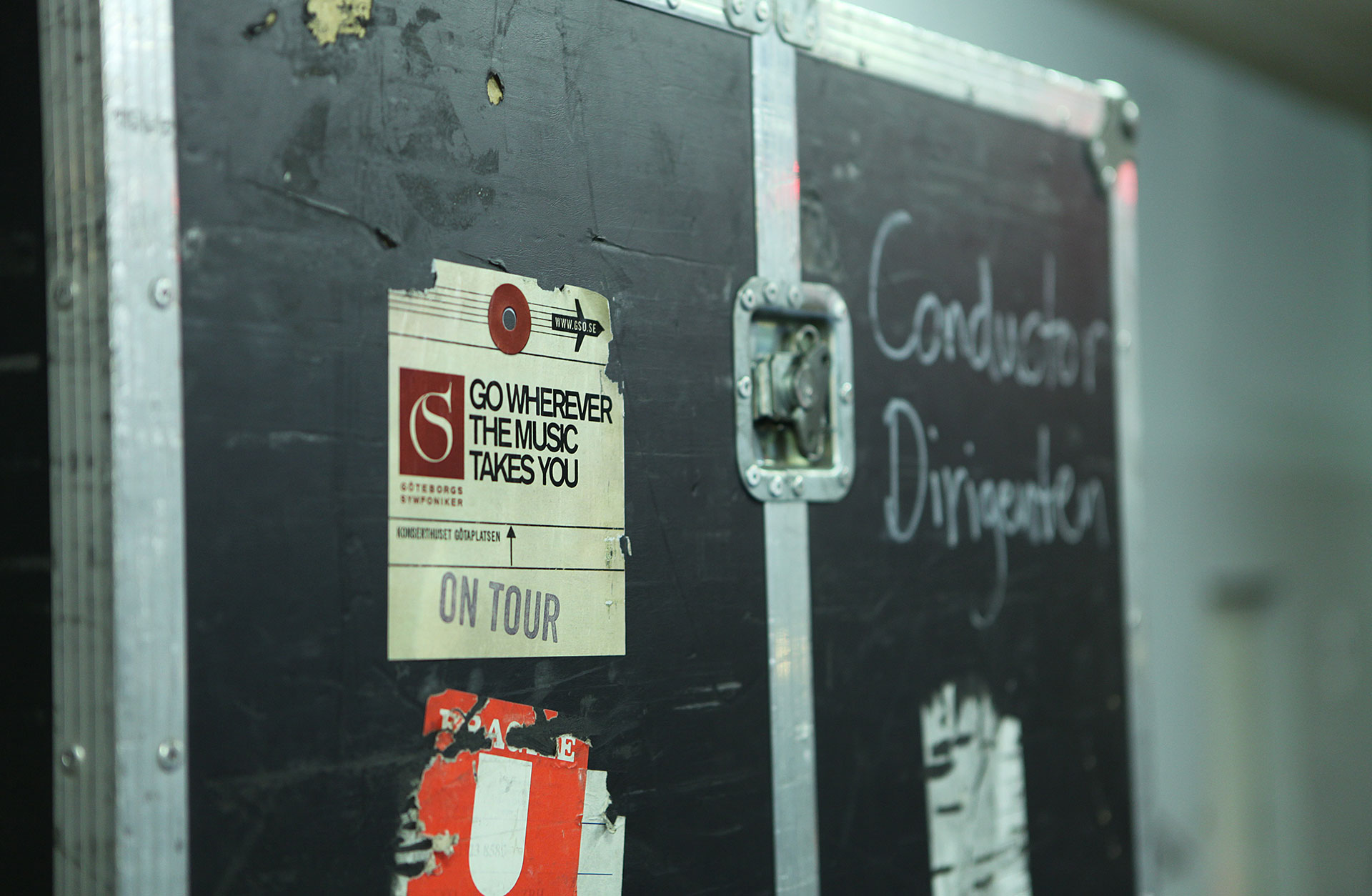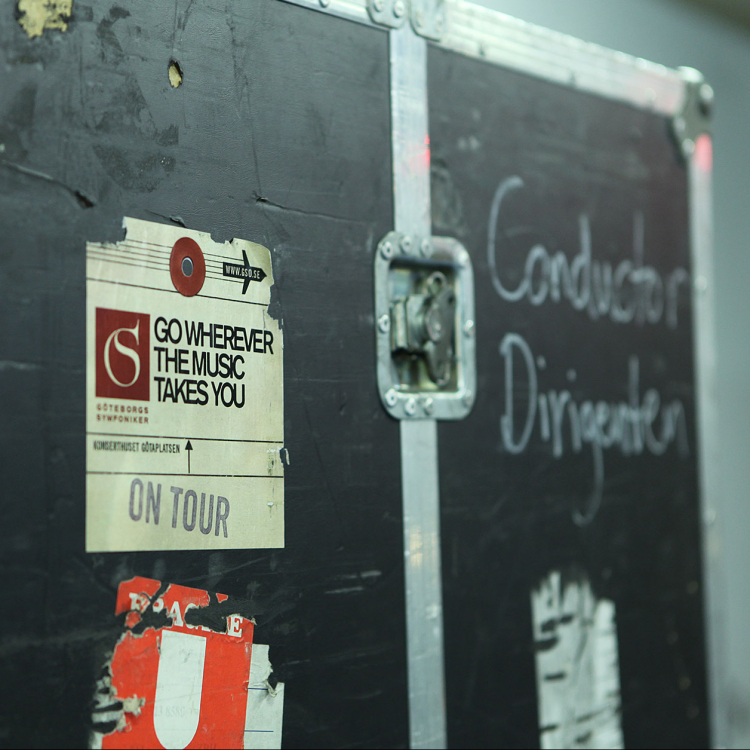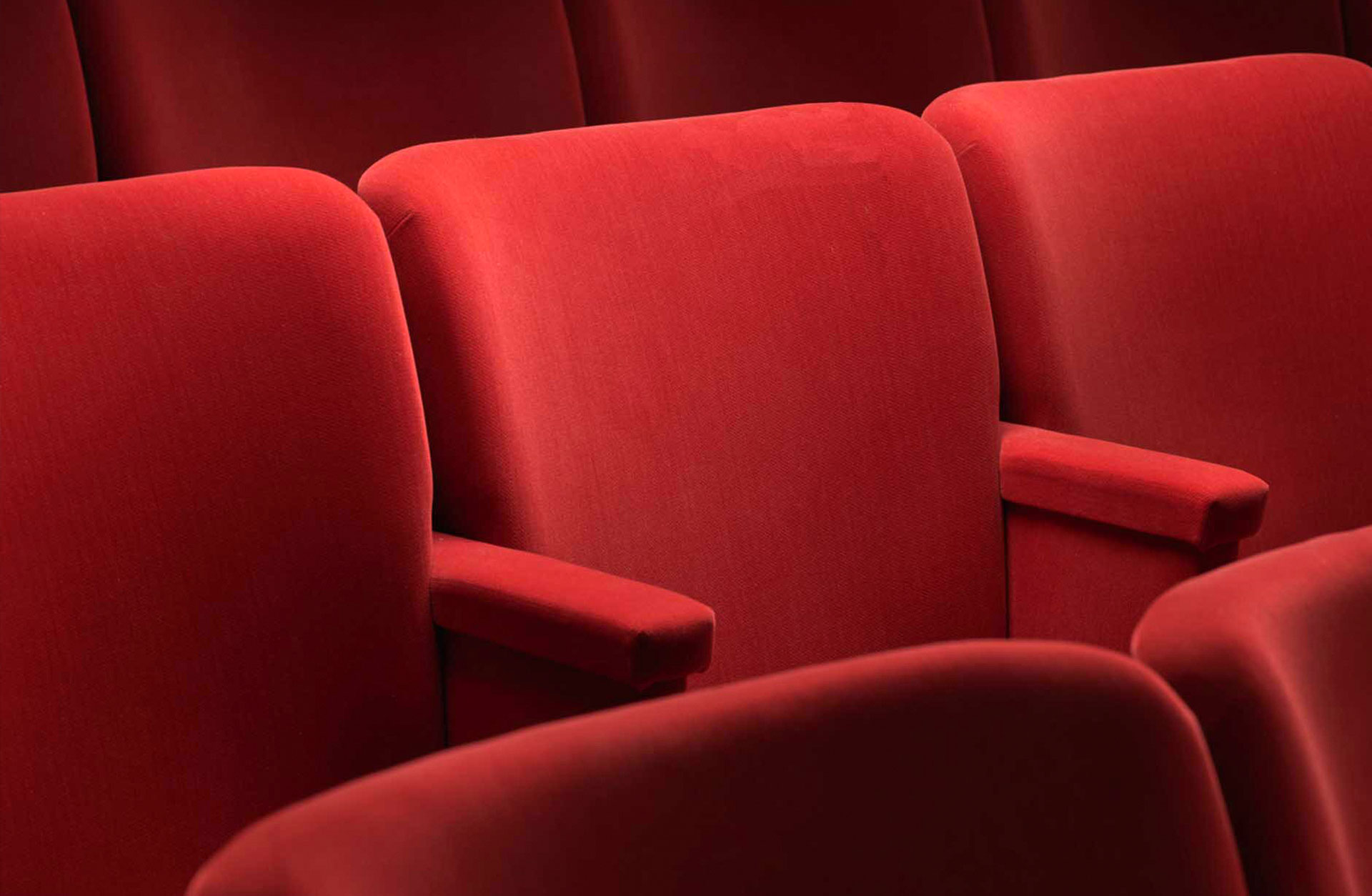Allegro non troppo
Adagio
Allegro giocoso, ma non troppo vivace
At Lake Wörthersee in Austrian Kärnten lies the small idyllic town of Pörtschach. The German composer Johannes Brahms spent the summers of 1877-1879 there. He wandered in the beautiful surroundings and felt so harmonious and happy that the first summer he composed his second symphony in D major and the following summer his violin concerto, also in D major, an unusually positive key for the composer, who was often considered heavy-hearted and worried. The middle of the 1870s and the beginning of the 1880s was the time of the great orchestral works for Brahms, who had previously devoted most of his time to songs, piano, organ pieces and chamber music apart from his great Ein deutsches Requiem from 1868. The second piano concerto, the violin concerto and all four symphonies was created 1876-1885.
One of Brahms' best friends was Joseph Joachim, already a successful solo violinist when they both met in their 20s. It was also Joachim who introduced him to Robert and Clara Schumann in 1853, an important event in Brahms' career and life.
Since he was not very familiar with the violin's technical possibilities, Joachim became his advisor during the composition of the violin concerto. It became a struggle from time to time, Joachim wanted the concert to show his virtuosity in an emotional romantic spirit. Brahms would rather have a dialogue and an equal interplay between orchestra and soloist, demanding for the solo violin, of course, but not a show number of empty display. This does not prevent Brahms' only violin concerto from being a test of strength for the soloist.
At first, the composer wanted a four-movement concerto. But he soon realized that it did not fit into his arrangement of the work. The intended scherzo movement was removed. Brahms is said to have said that there was such an abundance of melodies in Pörtschach that one had to be careful not to step on them! After the orchestra's introduction with powerful rhythmic sections, the soloist gets to begin his interpretation of the energetic music in dialogue with the orchestra. Then everything stops for the soloist's solo cadenza, which at the premiere showed Joachim's fantastic improvisation skills. It was eventually written down and is still often played, although several famous violinists have made their own. At today's concert, however, we get to hear Brahms' approved version of Joachim's cadenza. The second movement is a wonderful, idyllic contrast. It is the oboe that gets to introduce its long beautiful melody before the solo violin takes over for an equally breathless continuation. As a Rococo-inspired depiction of nature in pastoral harmony and sincerity. The third movement has the designation "allegro giocoso" - a playful allegro - but not too fast. Joachim's Hungarian background is celebrated in both the virtuoso solo part and the orchestra's equal expression of joy in the folk dance rhythms of the rondo form and a furiously accelerating ending.
At the premiere in Leipzig on New Year's Day 1879, Johannes Brahms himself was at the conductor's desk. The reviewer Dörffel wrote that "Joachim played with such love and affection that in every measure he could directly or indirectly convey how much he was involved in the work's creation". Today, Johannes Brahms' violin concerto is one of the most played and loved. Time has caught up with both content and technology.
Pyotr Ilyich Tchaikovsky (1840-1893)
Symphony No. 6 Pathetique Op 74
Adagio;Allegro non troppo - Allegro con grazia - Allegro molto vivace - Finale:Adagio lamentoso
Few symphonies contain as many outbursts of emotion and sudden mood swings as Tchaikovsky's Sixth, with the telling title Pathétique ("passionate suffering"). It reflects his mano-depressive personality, he suffered throughout his life from crises and often struggled with illness and depression. Tchaikovsky's death in Saint Petersburg, just nine days after he conducted the premiere, also gave the work a tragic aura right from the start. It was even said that the music deliberately foreshadowed his own death, which occurred after he drank cholera-tainted water. Even today, musicologists disagree whether it was an accident or a forced suicide, to avoid public scandal as a homosexual.
Tchaikovsky was only 53 years old at the time and the most celebrated Russian composer, with a great international reputation. It was a second attempt at a new symphony, and the first sketches became instead the one-movement Third Piano Concerto in E flat major. After overcoming a creative crisis, new ideas began to flow, and he wrote to his nephew, Vladimir Davidov, about the new composition. "It is full of subjective feeling, so much so that I often shed tears. I consider this symphony the best thing I have ever done. In any case, it is the most emotionally profound". Is the sixth symphony really a self-composed requiem? This theory is fueled by the "dark" key of B minor, which stands for great passion and tragedy, and by the unusual structure. The main motif that runs throughout the work consists of a plaintive, descending second interval. The gloomy character of the symphony is clear already in the first movement, with its slow, dark introduction. The second movement is reminiscent of Don José's flower aria from Bizet's opera Carmen, which Tchaikovsky greatly admired. Towards the end of the movement there is a chorale-like funeral march, and even a quote from the Russian Orthodox funeral liturgy. The second movement provides some lightening, and Tchaikovsky wrote it in an elegant 5/4 time signature, which is a fairly common time signature in Russian folk music. The "limping" character makes the movement almost humorous, despite the loving waltz or minuet-like style.
In the third movement he returns to the march as an idea, but it begins as a frisky scherzo that gradually unfolds in its full life-affirming power. The fourth movement is the most famous in the symphony, and is partly reminiscent of a mournful requiem. The main theme is characterized by sighing motifs, and at the end the music fades into a low string chord in B minor. Tchaikovsky considered the symphony to be his most important, most personal composition, but the premiere was received cautiously, and Tchaikovsky unfortunately did not experience the work's later triumph. That the symphony has life and death as a running theme can hardly be denied, but whether it is in any way related to Tchaikovsky's own death remains a mystery.



